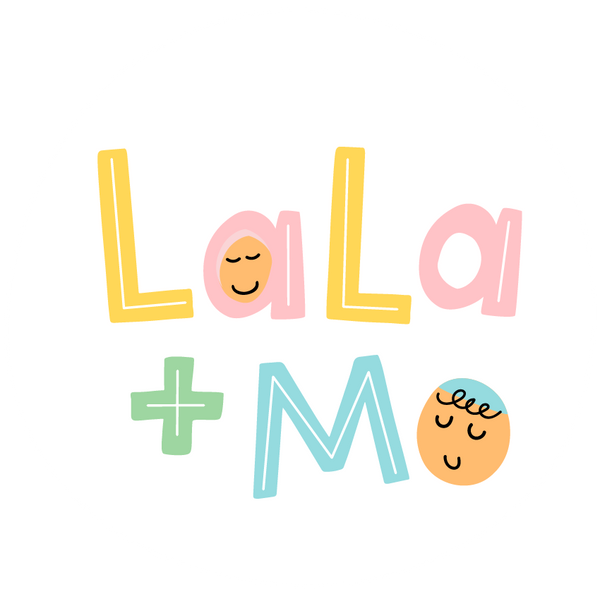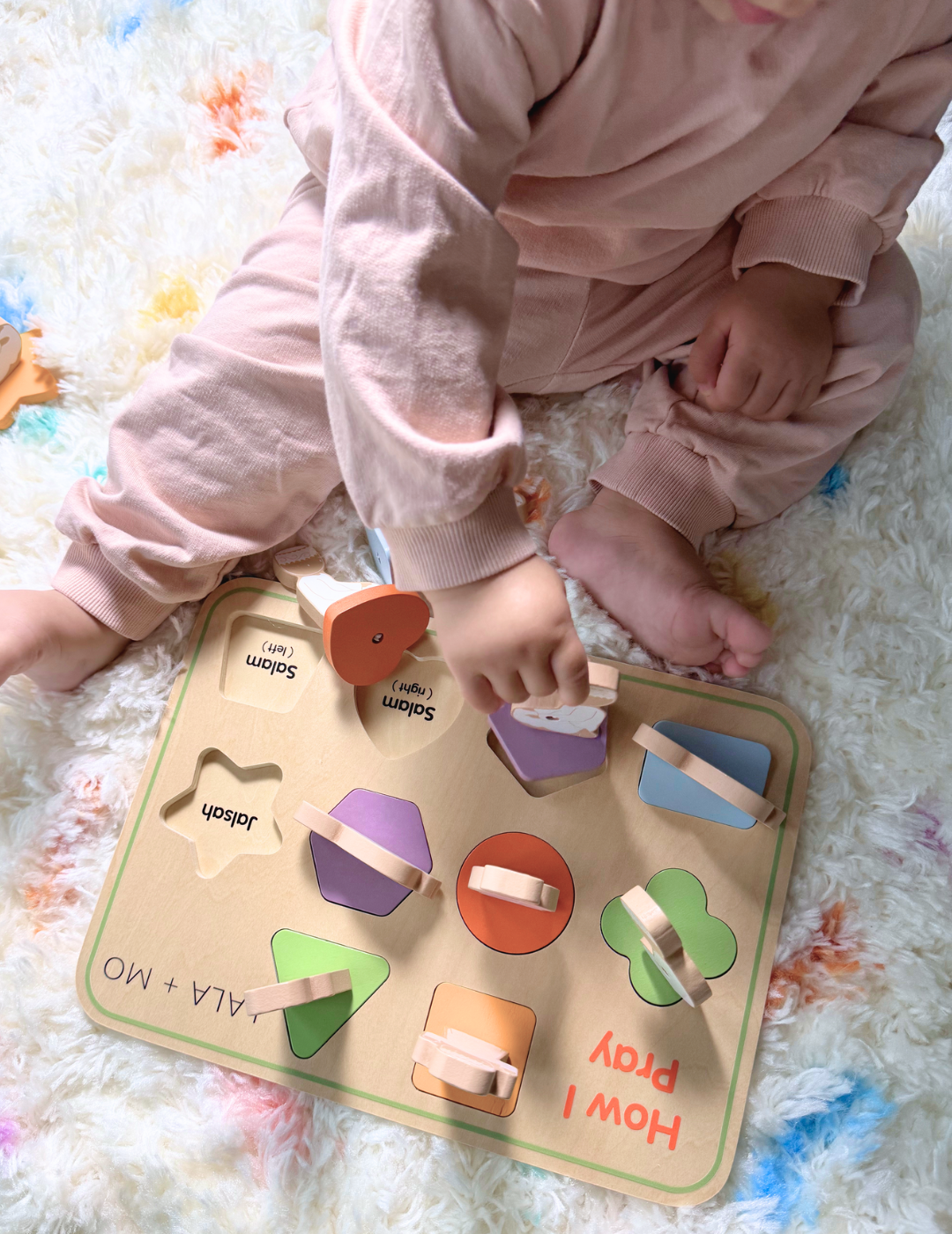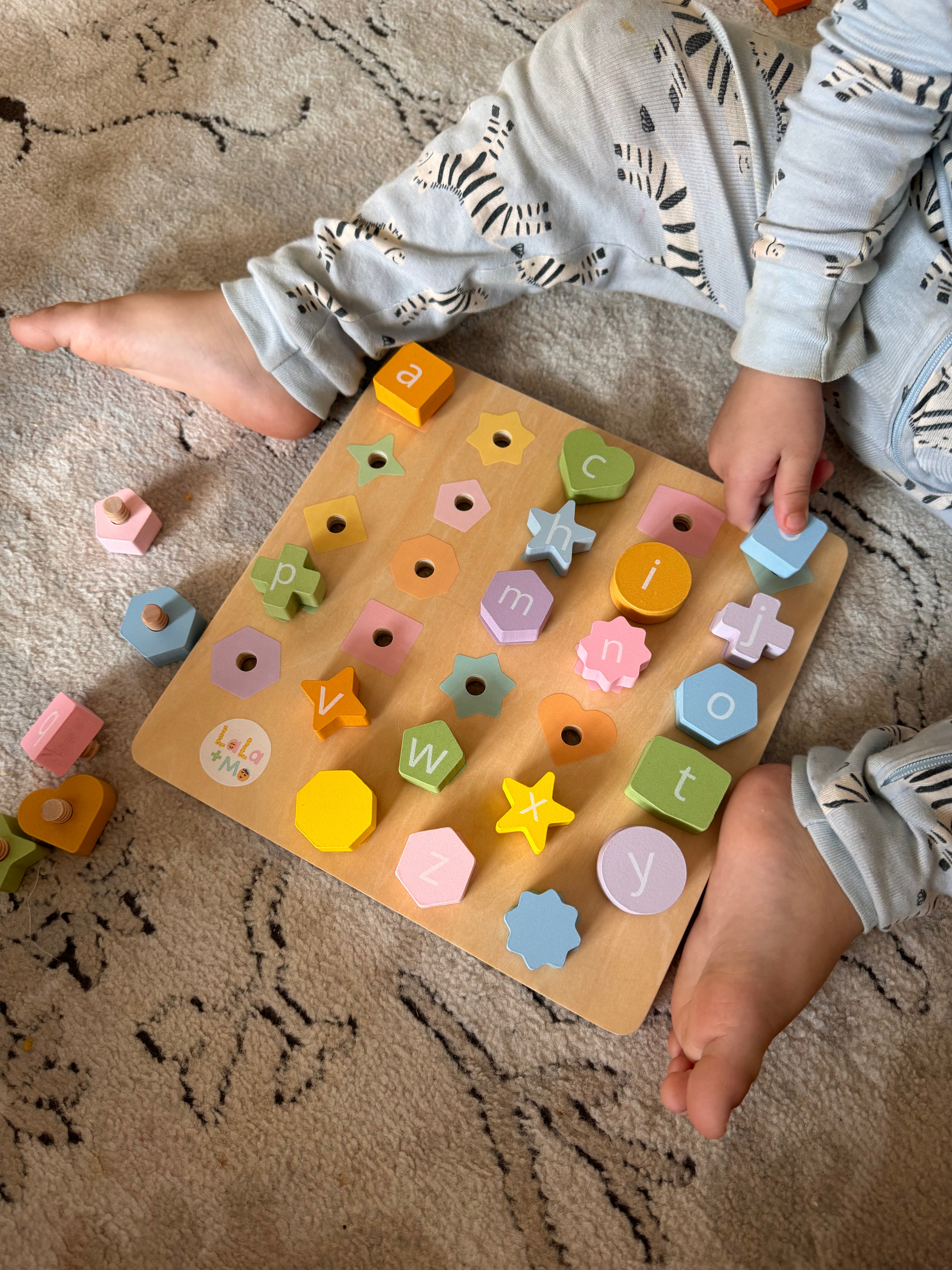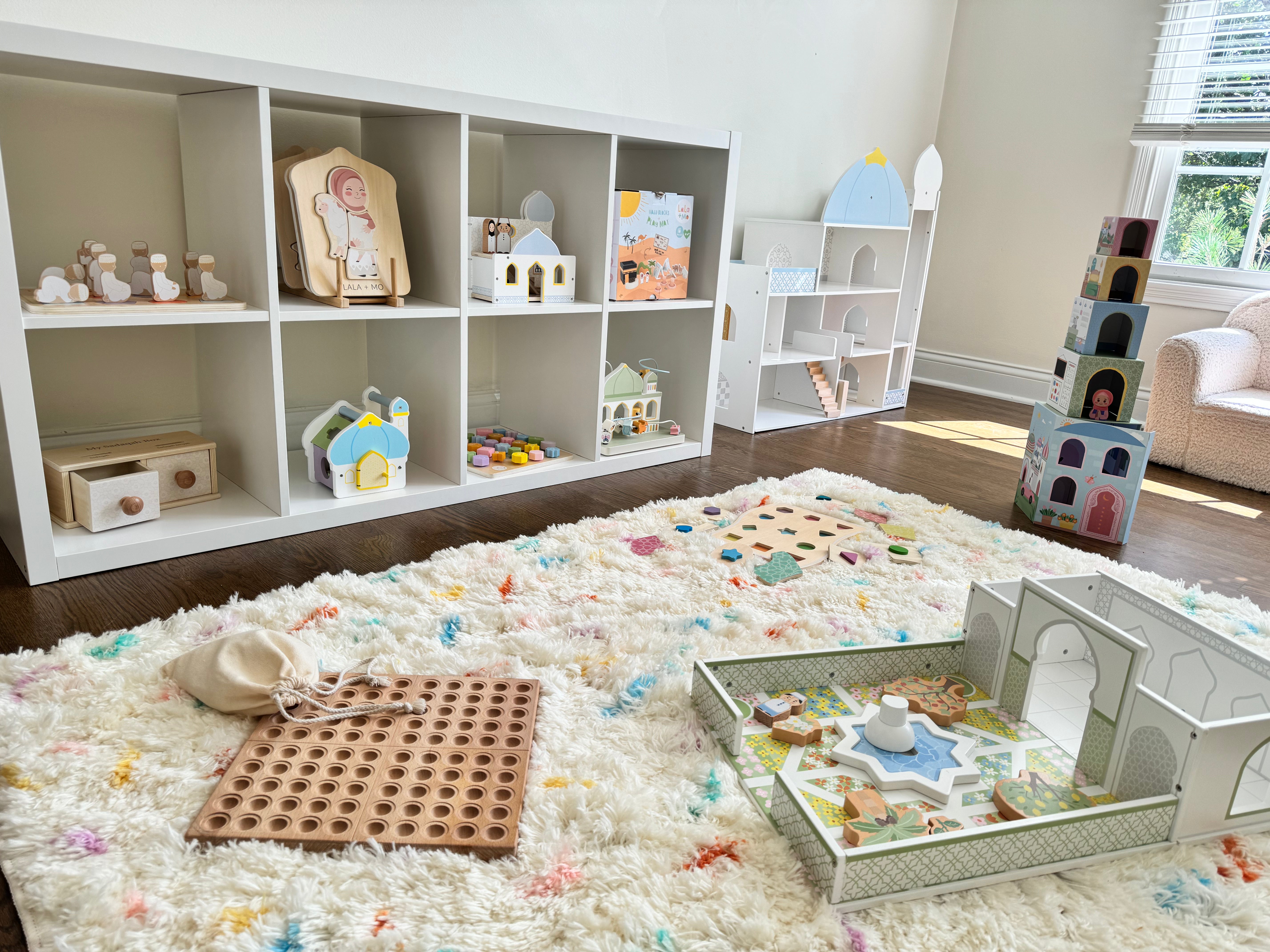
A Day-by-Day Hajj Journey for Kids
Explaining the Steps of Hajj Using Lala + Mo’s Hajj Blocks and Play Mat
Hajj is one of the most powerful journeys a Muslim can take. But for young children, the steps can seem confusing or too big to understand. With the Lala + Mo Hajj Blocks and Play Mat, you can simplify the experience and make the pilgrimage come alive through storytelling, movement, and play.
This guide breaks down each day of Hajj in a way that’s easy for little minds to follow—using your set at home or in the classroom.
🕋 Before Hajj Begins: Getting Ready in Makkah
Before the actual days of Hajj start, pilgrims arrive in Makkah, wear their ihram clothes, and prepare their hearts.
Play Idea:
Let your child dress a small doll or figure in a simple white cloth. Place them on the Kaaba section of the play mat and say:
“Our pilgrim is getting ready to go on the most special journey for Allah!”
🌙 Day 1: 8th of Dhul Hijjah — Yawm at-Tarwiyah
📍 Where they go: Mina
On the first day, pilgrims travel from Makkah to Mina and spend the night in tents, remembering Allah and preparing for Arafat.
Play Idea:
Place the tent block in the Mina area of the mat.
“Our pilgrim is staying in Mina tonight, just like the Prophet (ﷺ) did. They’re saying lots of duaa and getting ready for tomorrow.”
🌞 Day 2: 9th of Dhul Hijjah — Day of Arafah
📍 Where they go: Mount Arafat → Muzdalifah
This is the most important day of Hajj. Pilgrims stand on Mount Arafat, asking Allah for forgiveness. After sunset, they go to Muzdalifah, where they pray, sleep under the stars, and collect pebbles.
Play Idea:
Move your figure to Mount Arafat. Let them pretend to raise their hands in duaa.
“This is the most sacred part of Hajj. Allah forgives so many people today!”
Then place the figure at Muzdalifah and give them small beads or felt balls to collect.
“Our pilgrim sleeps outside tonight and picks up stones for tomorrow.”
🐑 Day 3: 10th of Dhul Hijjah — Eid Day!
📍 Where they go: Jamarat → Sacrifice → Tawaf → Mina
This day is full of big moments:
-
Throw stones at the 1st Jamarat pillar (symbolizing rejecting Shaytan)
-
Offer a sacrifice (like a sheep or goat)
-
Shave or trim their hair
-
Return to Makkah to do Tawaf around the Kaaba
-
Go back to Mina to rest
Play Idea:
Use the Jamarat blocks and pretend to toss small stones (soft toys or beads). Then point to a toy animal and explain:
“The Prophet Ibrahim (AS) was ready to sacrifice for Allah. Now Muslims remember his trust in Allah by doing this too.”
Finish with Tawaf around the Kaaba again, moving your figure in circles.
“Our pilgrim walks around the Kaaba again to thank Allah for completing this step!”
🏕️ Day 4 & 5: 11th–12th of Dhul Hijjah — Days in Mina
📍 Where they go: Mina → Jamarat (3 pillars)
On these days, pilgrims stay in Mina and throw stones at all 3 Jamarat pillars. They continue making duaa and remembering Allah.
Play Idea:
Use all three Jamarat pillars and have your child throw their collected stones again.
“This reminds us to say ‘no’ to Shaytan every day. Just like Prophet Ibrahim (AS) did.”
If they’re playing over 3 days, repeat this for Day 6 too (optional 13th of Dhul Hijjah).
🌍 Final Step: Farewell Tawaf in Makkah
At the end of Hajj, pilgrims go back to Makkah and walk around the Kaaba one last time, called Tawaf al-Wadaa(Farewell Tawaf).
Play Idea:
End your session by bringing the figure back to the Kaaba and walking around it slowly.
“Our pilgrim says goodbye to the Kaaba and promises to keep following Allah’s path back home.”
💛 How to Make it Stick
-
💬 Use simple, repeated language: “First we go to Mina. Then we go to Arafat. Then...”
-
🧠 Ask questions: “Why do you think we throw the stones? Why do we love the Kaaba?”
-
✋ Let kids move the pieces themselves: movement = memory
Final Thoughts
Hajj might be a once-in-a-lifetime journey—but your child can begin understanding and loving it right now. With the Lala + Mo Hajj Blocks and Play Mat, you can turn this pillar of Islam into a story they can see, touch, and remember forever.
✨ Let’s raise children who know exactly what it means to say:
“Labbaik Allahumma Labbaik.”
(Here I am, O Allah, here I am.)




